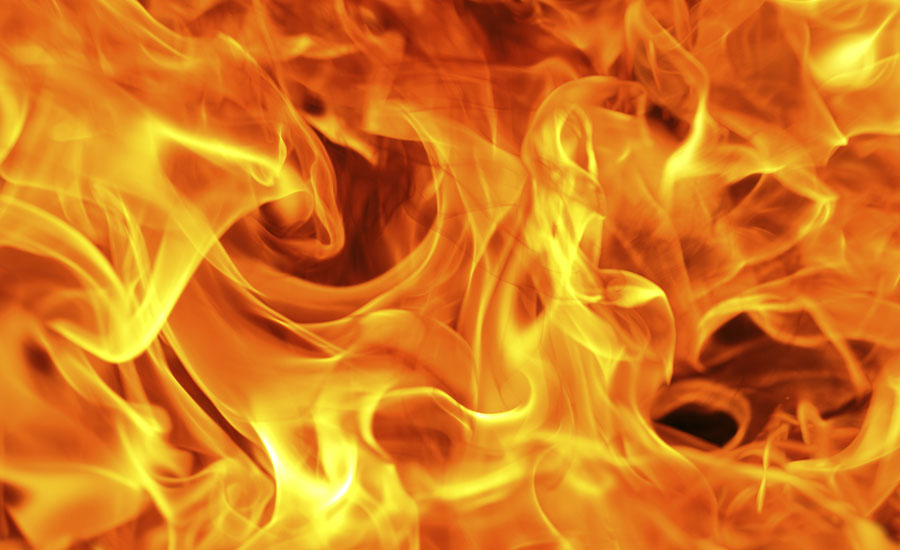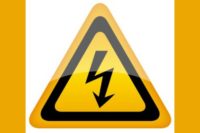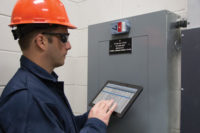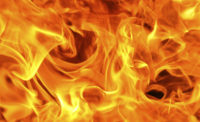Electricity plays a major role in our daily lives but we can often take its power and the convenience it provides, along with its potential for fire-related hazards, for granted. That is why the National Fire Protection Association (NFPA) actively supports National Electrical Safety Month, an annual campaign sponsored by the Electrical Safety Foundation International (ESFI), which works to raise awareness of potential home electrical hazards and the importance of electrical fire safety during the month of May.
According to recent NFPA statistics, an estimated average of nearly 48,000 home structure fires caused by electrical problems were reported to U.S. fire departments. These fires resulted in 455 civilian deaths, more than 1,500 civilian injuries and $1.5 billion in property damage. Roughly half of these involved electrical distribution or lighting equipment such as wiring, lighting, and cords or plugs.
“Any equipment that uses electricity like computers, dryers or fans could potentially be involved in an electrical fire,” said Lorraine Carli, NFPA’s vice president of Outreach and Advocacy. “Fortunately, there are simple steps people can take to greatly reduce those risks, including contacting your electrician immediately if you notice any problems with your home’s wiring.”
ESFI and NFPA urge homeowners to have all electrical work done by a qualified electrician and to follow the manufacturer's instructions for plugging an appliance into a wall outlet. The following are additional tips residents can follow to help keep their homes safe from electrical fires:
- Only plug one heat-producing appliance (such as a coffee maker, toaster, space heater, etc.) into a wall outlet at a time. Unplug small appliances when not in use.
- Install tamper-resistant electrical outlets if you have young children. If a replacement is not possible, install new protective outlet covers that don’t allow children to insert an object into the wall outlet.
- Avoid putting cords in places such as under rugs and carpets or across doorways where they can be damaged or pinched by furniture.
- Use light bulbs that match the recommended wattage on the lamp or fixture. Check the sticker on the lamp to determine the maximum wattage light bulb to use.
- Arc fault circuit interrupters (AFCIs) are a kind of circuit breaker that shuts off electricity when a dangerous condition occurs. Consider having them installed in your home by a qualified electrician.
- Check electrical cords often. Replace any that are cracked, damaged or loose.
NFPA helps Dan Doofus get grounded in the basics of electrical safety.
For additional tips and resources including infographics, fact sheets, and videos about electrical fire safety, check out ESFI’s Electrical Safety Illustrated publication and visit NFPA’s Electrical Safety in the Home webpage.
About ESFI
The Electrical Safety Foundation International (ESFI) sponsors National Electrical Safety Month each May to increase public awareness of the electrical hazards around us at home, work, school, and play. ESFI is a 501(c)(3) non-profit organization dedicated exclusively to promoting electrical safety. For more information about ESFI and electrical safety, visit www.esfi.org.
About the National Fire Protection Association (NFPA)
Founded in 1896, NFPA is a global, nonprofit organization devoted to eliminating death, injury, property and economic loss due to fire, electrical and related hazards. The association delivers information and knowledge through more than 300 consensus codes and standards, research, training, education, outreach and advocacy; and by partnering with others who share an interest in furthering the NFPA mission. For more information visit www.nfpa.org. All NFPA codes and standards can be viewed online for free at www.nfpa.org/freeaccess.



